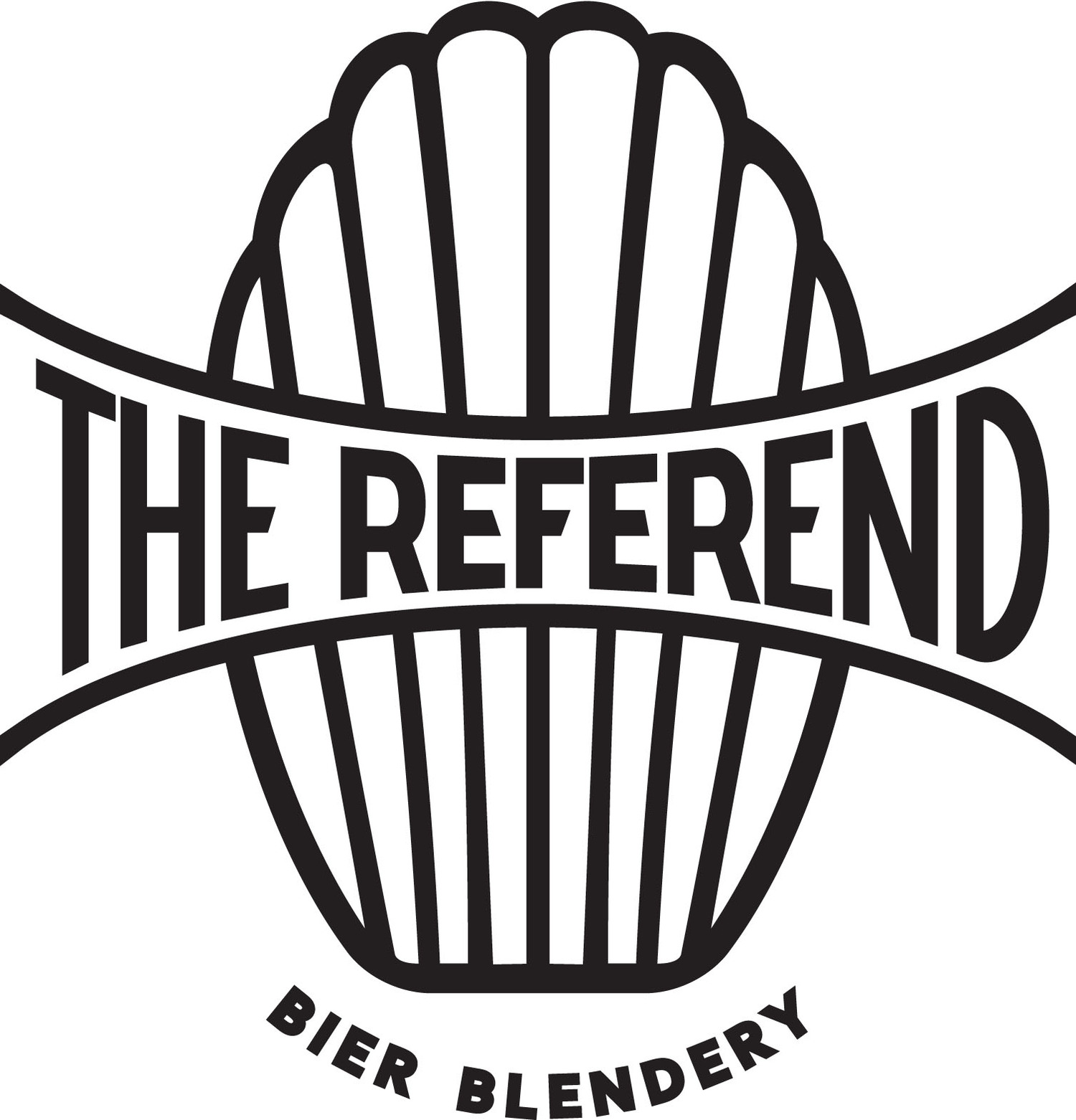A Little Time in its Pure State
/This past Sunday, on an unseasonably cool day, a group of New Jersey brewers got together to brew wort comprised of entirely NJ ingredients, formulated for barrel fermentation and long maturation. The beer, now only a few days old, is a striking departure for us at The Referend, as we've invited these collaborative mixed cultures into the blendery.
Unbaling hay on the brewday
A collaboration between four breweries dedicated to producing mixed fermentation beers, this beer's concept was assembled by The Referend, Amanda Cardinali and Sean Towers at Tuckahoe Brewing, Alex Helms at Troon Brewing, and Ed Coffey from Ales of the Riverwards and Kelly Green Brewing as well as Kelly Green brewer/owners Justin Fleming and Dave Domanski.
Very early on in the conception of this Bière d'état we decided on incorporating a hay substrate to the mash tun, truthfully having a nebulous idea of what this might add to the finished beer. This recently inspired a blog post by our friend Dave at Hors Catégorie Brewing, on hulls and hay being used in the mash, as "an open question about the role that alternative mash additions could have." What we are hoping for is that subtle addition of expression of the farm environment, as well as potential additional/alternate tannin extraction during our very hot sparge procedure to aid in a long fermentation. This beer also featured 50 pounds of hand-harvested organic spelt, as chronicled in our first blog post here. This spelt was threshed, but unhulled, so that additional aspect in question will play into this beer's development.
The mystery of the mash tun milk slime. We have performed over 35 turbid mashes by now, and never encountered anything quite like this. After a careful examination of the spelt hulls in the spent grain, this has been dubbed the result from the "spelt-hay interaction" completely non-scientifically.
Onlookers to Sean's herculean efforts with this very thick mash.
Spent grain and hay in the lauter tun.
The wort was brewed with a majority of raw wheat and Pilsner malted barley, grown and malted by Rabbit Hill Farms / Rabbit Hill Malt in Shiloh, NJ, represented on the brewday by Hillary, Blair, and Sarah. When (yes, on the brewday) it was discovered we were short on New Jersey-grown hops, Blair offered up some of his farm-grown personal stash of 2015 Cascade and Columbus whole leaf hops. Other hops were sourced from Laughing Hops in Pennington (just up the road from the blendery), and a German expat who grows some very fine sun-dried Hallertau.
On the midday side-trip to pick up our emergency hop supply from Rabbit Hill Farms, it was discovered that this year's barley heads had emerged.
This beer was brewed using a reduced turbid mash schedule integrated with a 19th century saison step mash technique, followed by a three hour boil with partially aged hops. Then, as always, it was sent to the mobile coolship for spontaneous inoculation and natural, ambient cooling.
Three fountains.
While we do not yet have a name for this beer, it will most certainly not be called Hot Tub Time Machine, in spite of appearances to the contrary.
As is typical in our brew process, we allowed the wort to cool for 4+ hours in the coolship before transporting back to The Referend for additional cooling. By late morning, the wort had cooled to 70F, and already showed the early signs of fermentation and fermentative life. This is extremely unusual for us, and is attributed to the late April air's contents of pollen and plants in full flower.
"Ain't he advanced for his age!" -Samuel Beckett
Barrel pyramid with house cultures
What sets this apart (physically as well as philosophically) from every other wort we've brewed, is that we've welcomed these esteemed brewers' mixed cultures into the blendery. This barrel stack, comprised of Pinot Noir and Syrah barrels from Alba in Milford, NJ, contains one barrel per brewery of pitched mixed cultures on the bottom row. These are cultures that have been lovingly cared for, propagated, selected for the attributes each brewer prizes in a beer of mixed fermentation. The three barrels at the top of the pyramid are none of those things — they are purely spontaneous as usual.
If all goes according to plan, we'll be blending these barrels together about a year from now, tasting each barrel for difference and complementarity, and seeing what can be gleaned from the process. Then, we enjoy.











